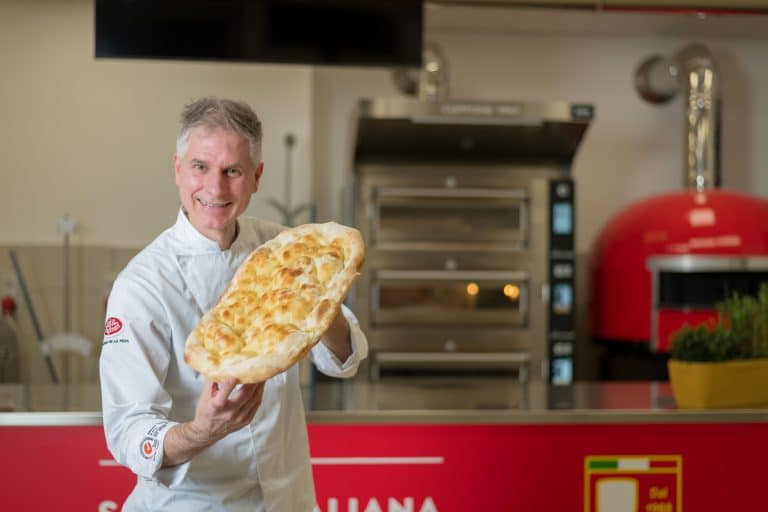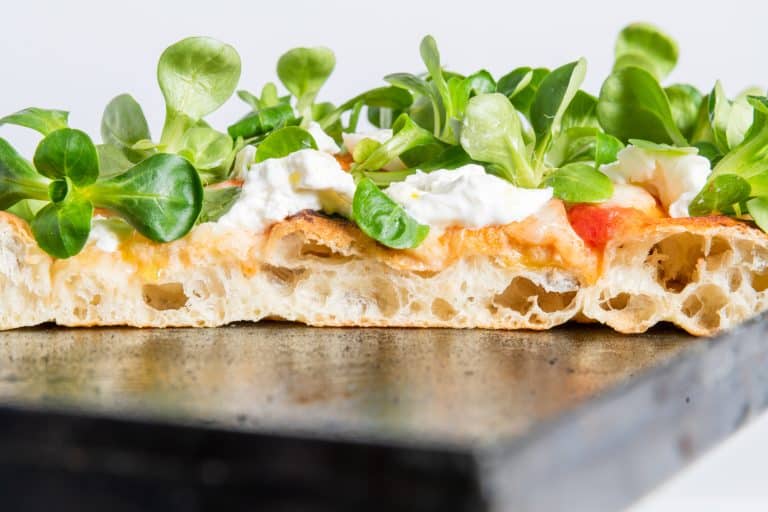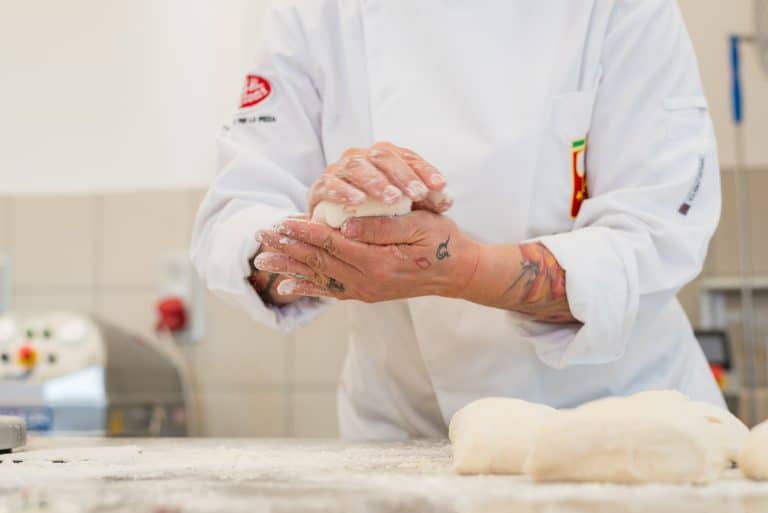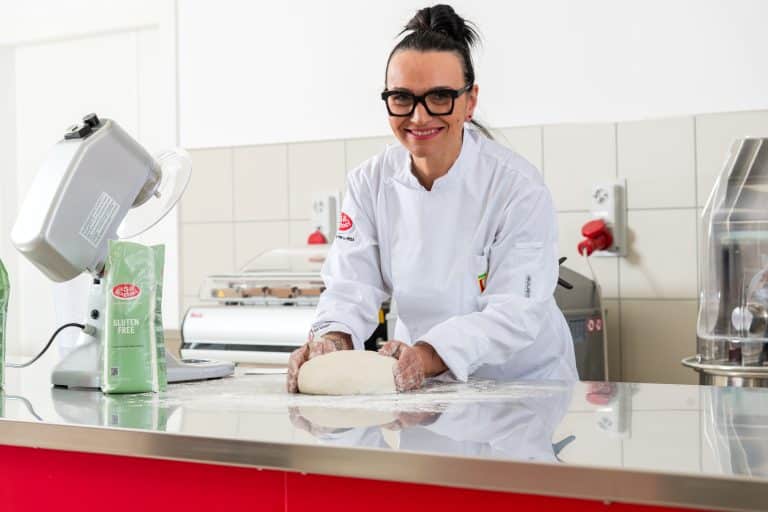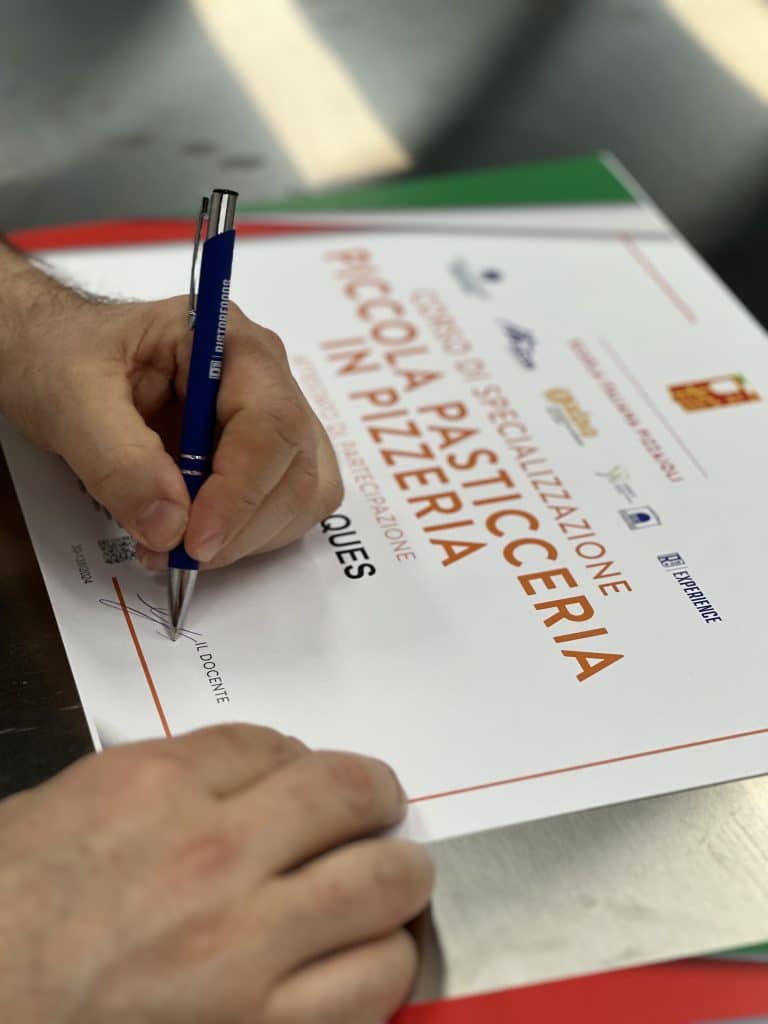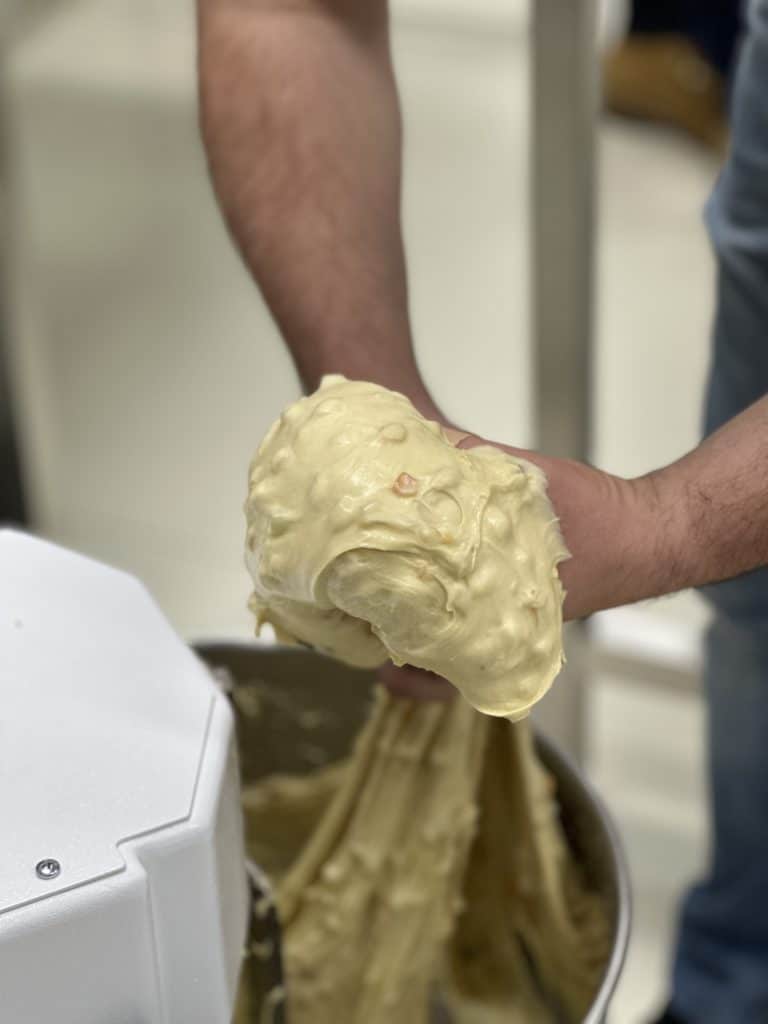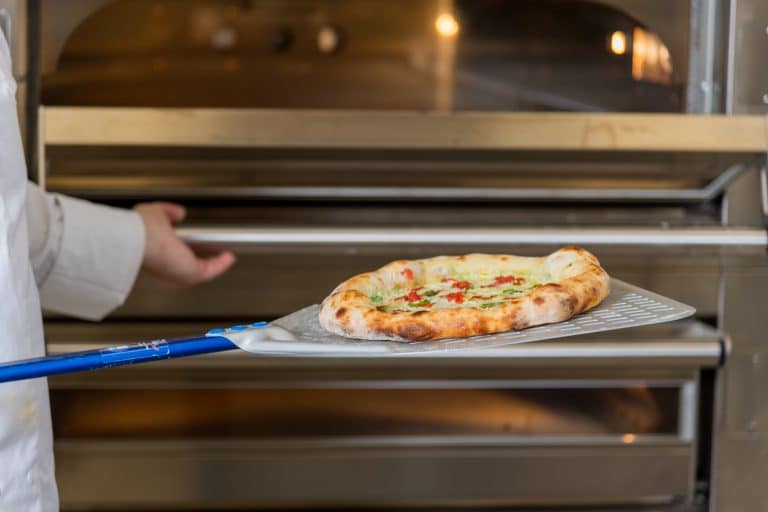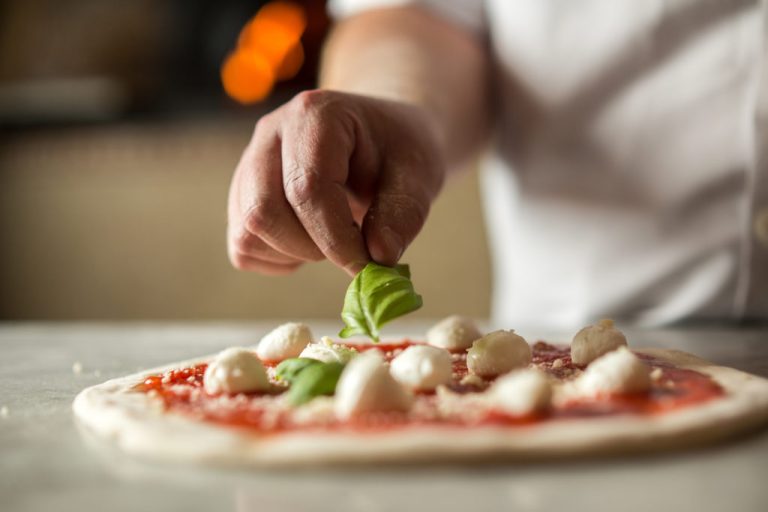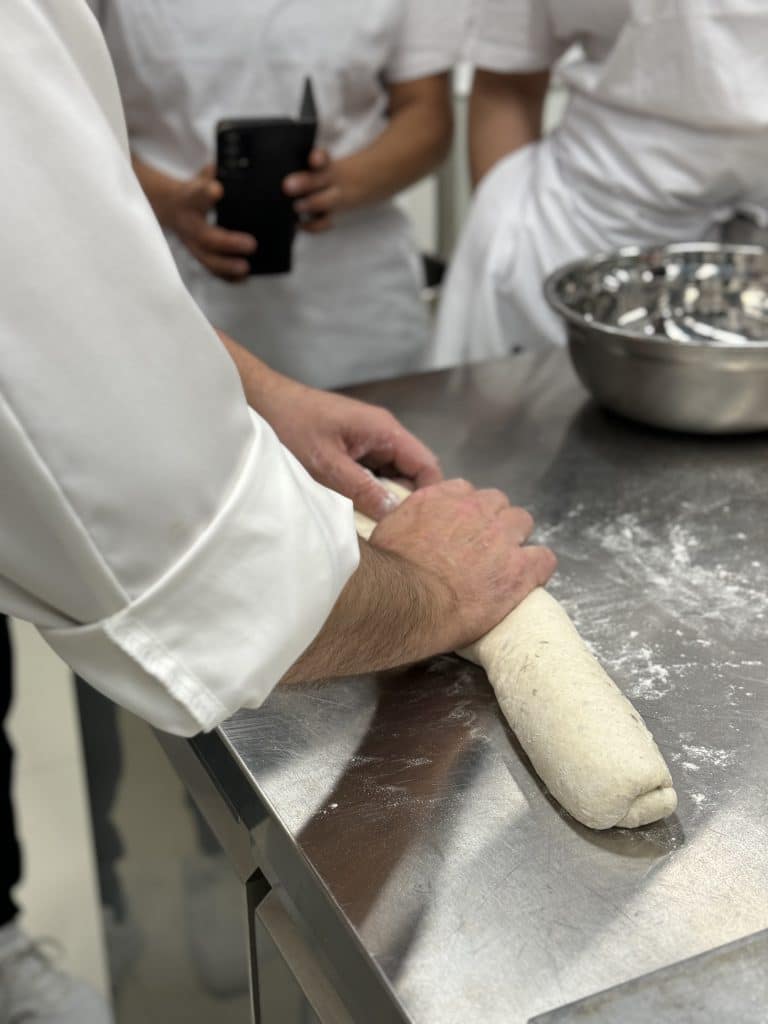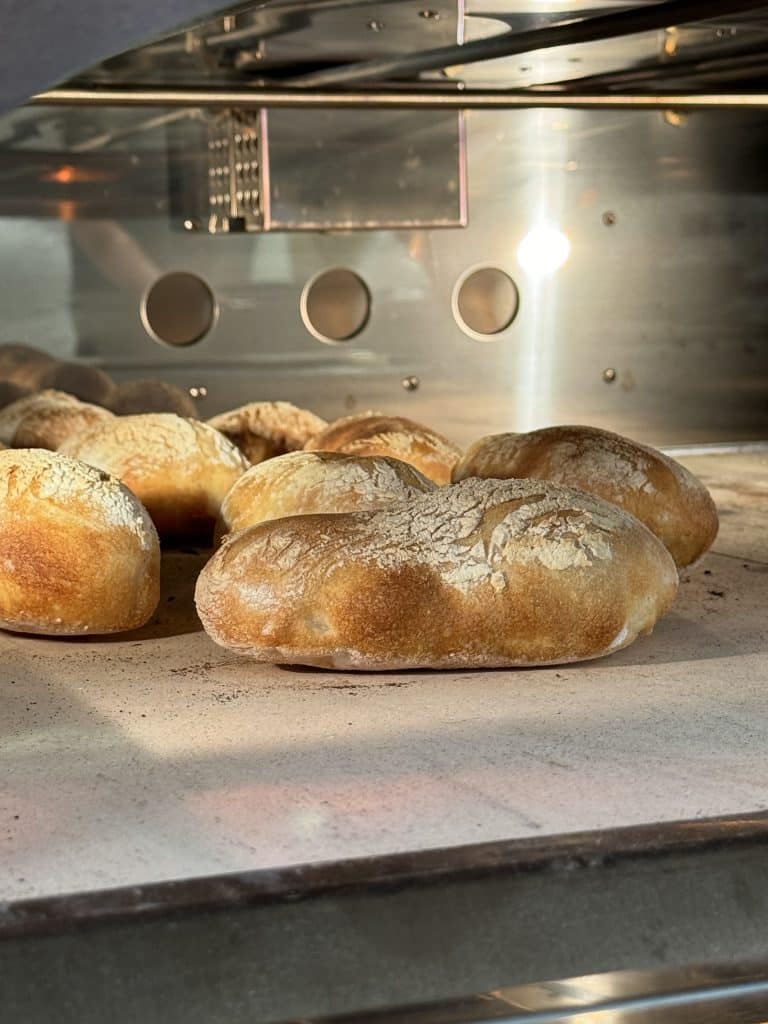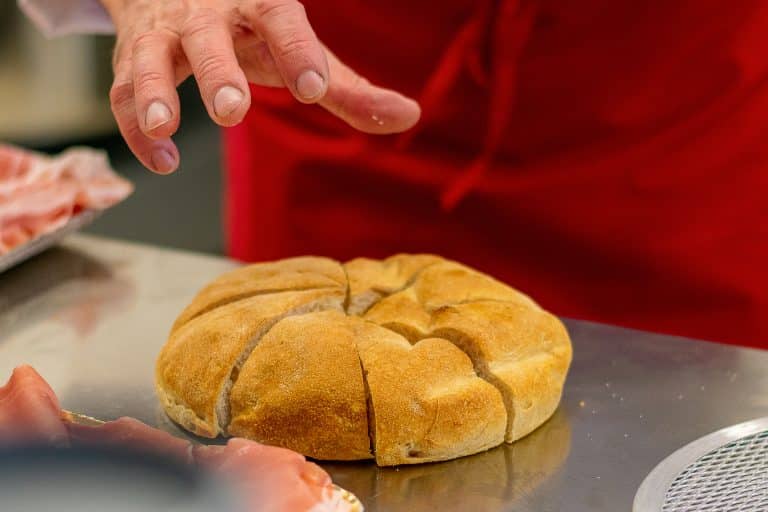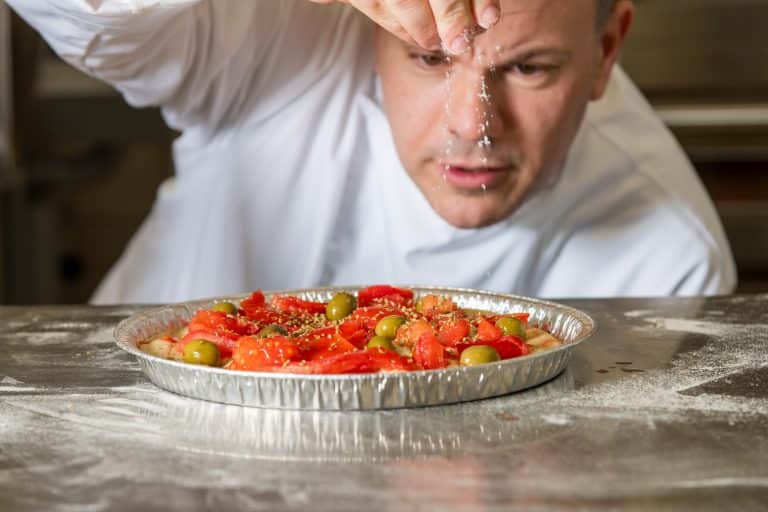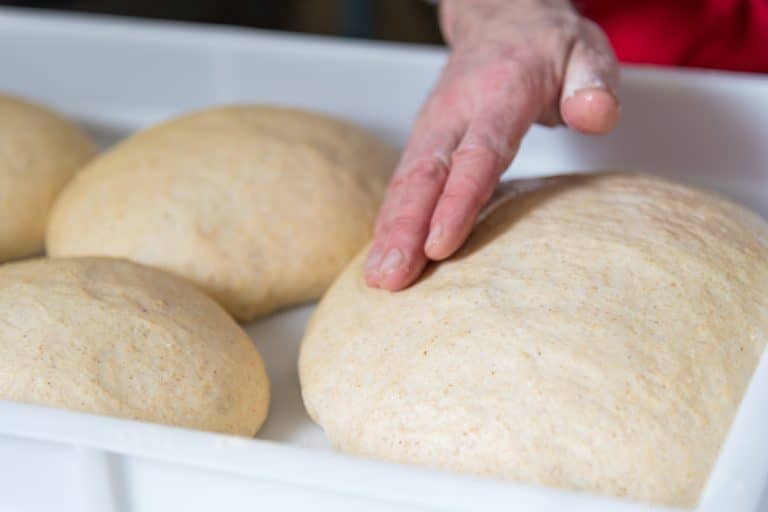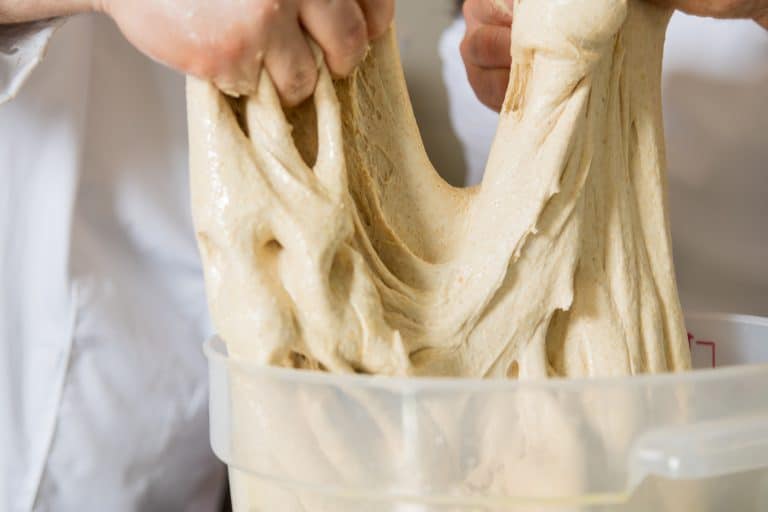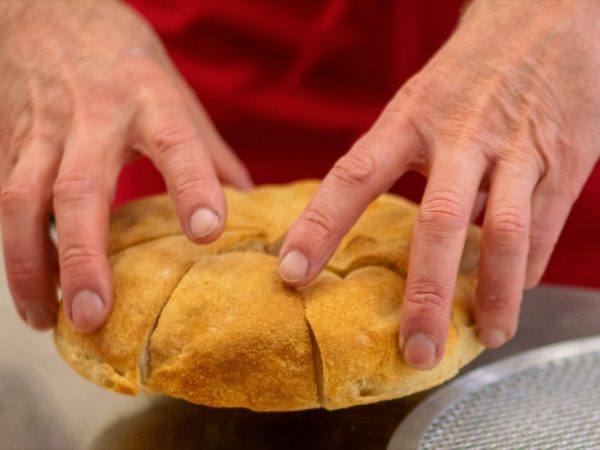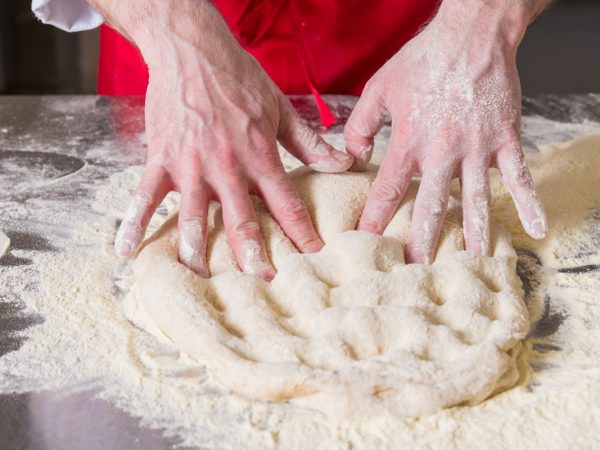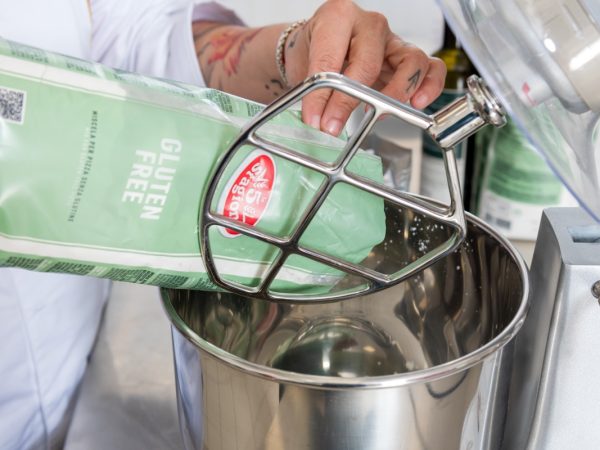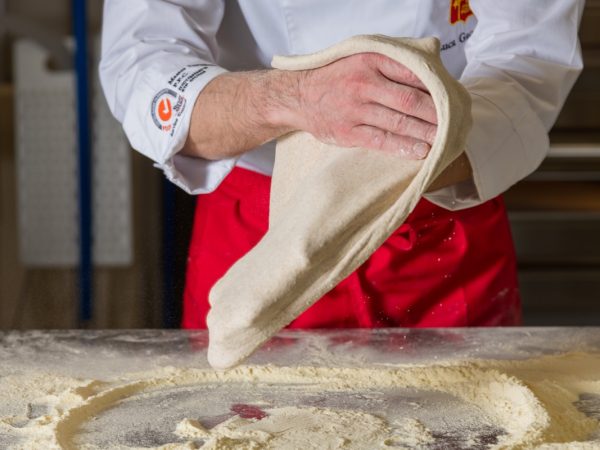Convertirse en pizzaiolo permite formar parte de una categoría profesional muy demandada en el mercado. El programa Profesional Pizzaiolo de 1° nivel tiene como objetivo transmitir nociones teóricas y prácticas indispensables para saber elaborar una pizza clásica redonda de manera impecable. La alternancia de horas dedicadas al aprendizaje y perfeccionamiento de las habilidades prácticas con sesiones teóricas será fundamental para cosechar los frutos de tu trabajo. El curso es adecuado para quienes no tienen ninguna experiencia en el campo o para aquellos que desean adquirir un método y conocimientos teórico- prácticos para mejorar el producto que ya elaboran.
Conocimiento de la masa: aprender las técnicas para preparar una masa a partir de las características químico-físicas de la harina, la hidratación, los tiempos de fermentación y maduración.
Técnicas de estirado: desarrollar habilidades manuales para estirar la masa de manera correcta, logrando una base uniforme y apta para la cocción.
Gestión de la cocción en horno. Optimización del tiempo y los recursos para garantizar la eficiencia en la producción de pizzas de alta calidad en un entorno profesional.
